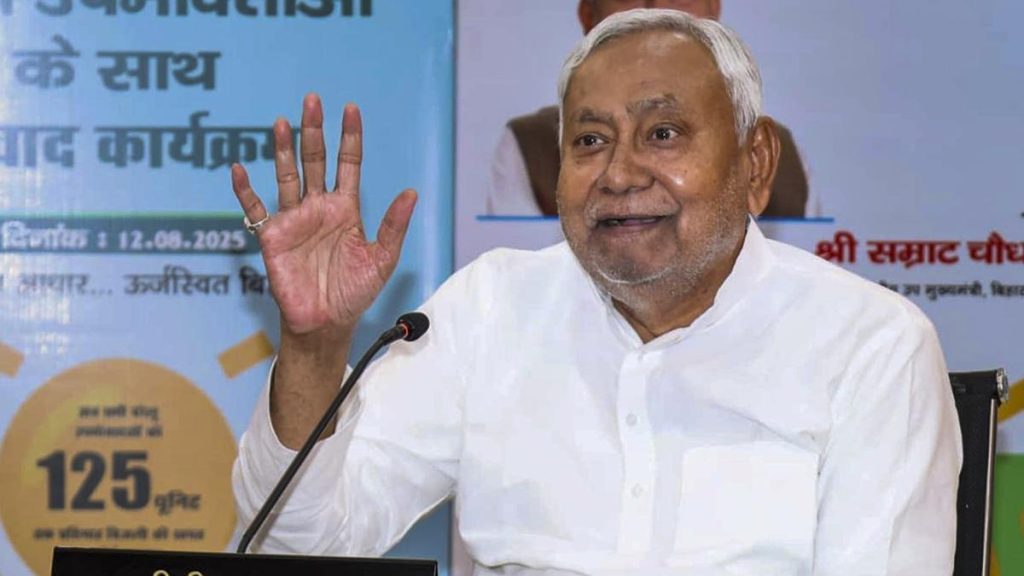Now Reading: Industry Calls on Governments to Address Land and Transmission Bottlenecks for 500 GW Renewable Energy Goal
-
01
Industry Calls on Governments to Address Land and Transmission Bottlenecks for 500 GW Renewable Energy Goal
Industry Calls on Governments to Address Land and Transmission Bottlenecks for 500 GW Renewable Energy Goal

Fast Summary
- IndiaS Renewable Energy Target: India aims to achieve 500 GW of non-fossil fuel electricity generation capacity by 2030.
- Key Infrastructure Needs: pinaki Bhattacharyya, co-chair of FICCI Renewable Energy CEOs Committee, emphasized the importance of revamping transmission infrastructure and resolving land-related issues for meeting this goal.
- Energy Transition Insights from Experts:
– Ghanshyam prasad, Chairperson of the Central Electricity Authority (CEA), highlighted grid reliability, renewable integration, and strategic storage as vital for India’s transition.
– Gaurav Gupta from Karnataka’s energy Department mentioned state policies empowering Commercial & Industrial (C&I) sector consumers via open access for renewables.
- Karnataka’s Leadership Role:
– Karnataka sources over 70% of its installed energy capacity from green power.
– Plans include doubling renewable energy capacity by 2030 thru efforts like high-voltage substations and Battery Energy storage Systems (BESS).
– Pankaj Kumar Pandey from KPTCL spoke about integrated strategies ensuring reliable green power availability for industries in the state.
- Seminar on C&I Renewable Transition: Hosted by FICCI and industry collaborators in Southern India to outline pathways toward achieving 100% renewable energy consumption in C&I sectors, which account for over half of India’s electricity usage.
Indian Opinion Analysis
India’s push toward a transformative energy transition highlights a growing commitment to lasting growth. The ambitious target of 500 GW renewable generation reflects both environmental priorities and the economic potential linked to clean power adoption.However,experts have rightly noted that achieving this milestone depends heavily on improving power transmission infrastructure and managing land-use challenges effectively-issues requiring coordination at both policy-making and implementation levels.
Karnataka exemplifies proactive leadership with strong policies targeting Commercial & Industrial players who are pivotal contributors to overall electricity demand. The state’s extensive resource adequacy plan sets a promising benchmark that other states might emulate. Efforts like grid enhancements combined with storage technologies further underline that planning across generation, transmission, and stability aspects is critical.
The seminar spotlighted how stakeholders can collectively accelerate India’s renewable transition while addressing structural barriers. This collaboration could place India at the forefront of global clean energy economies if sustained focus yields measurable progress on infrastructure upgrades alongside market-pleasant reforms targeting ease-of-adoption for industries.
Read more:

























